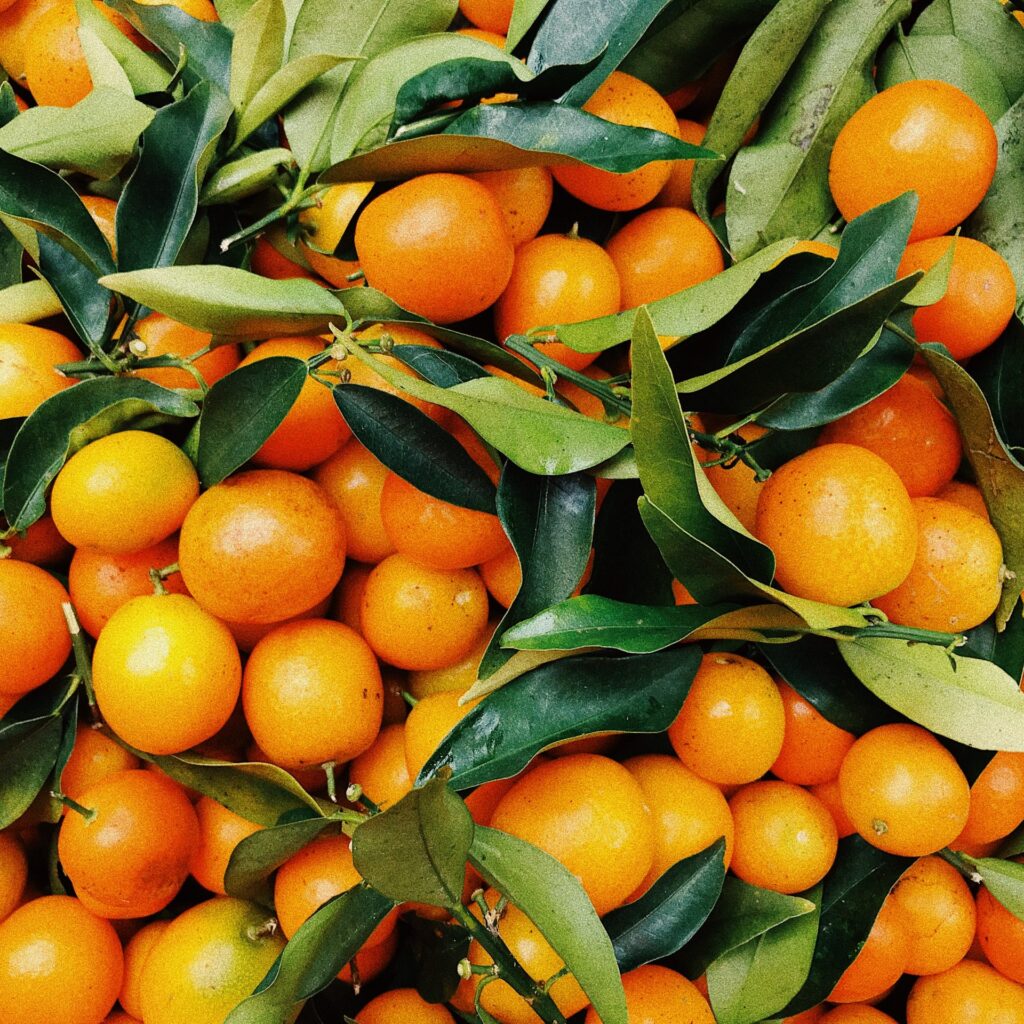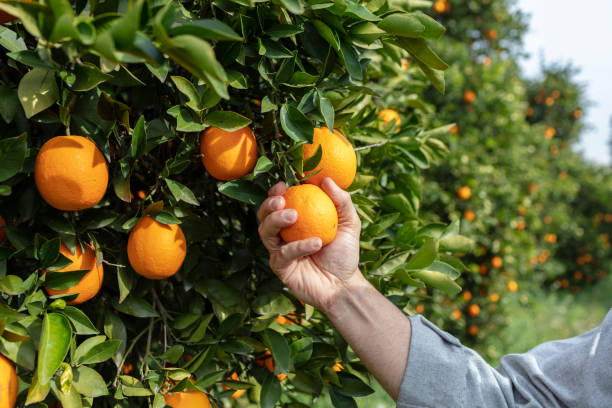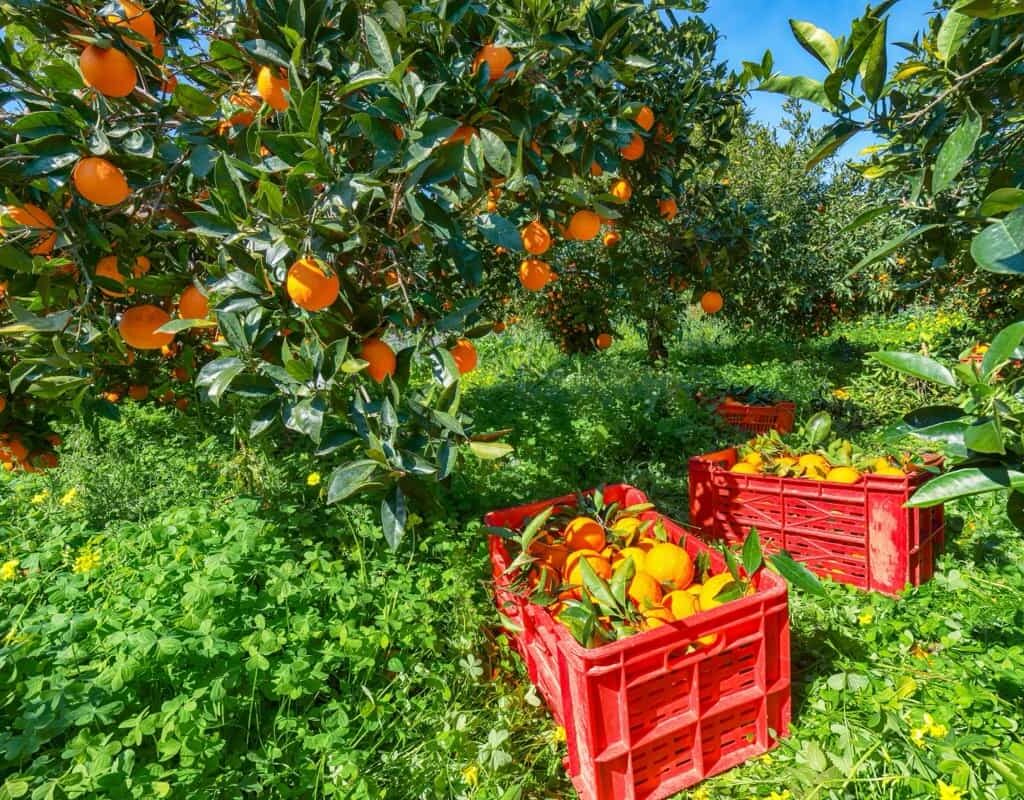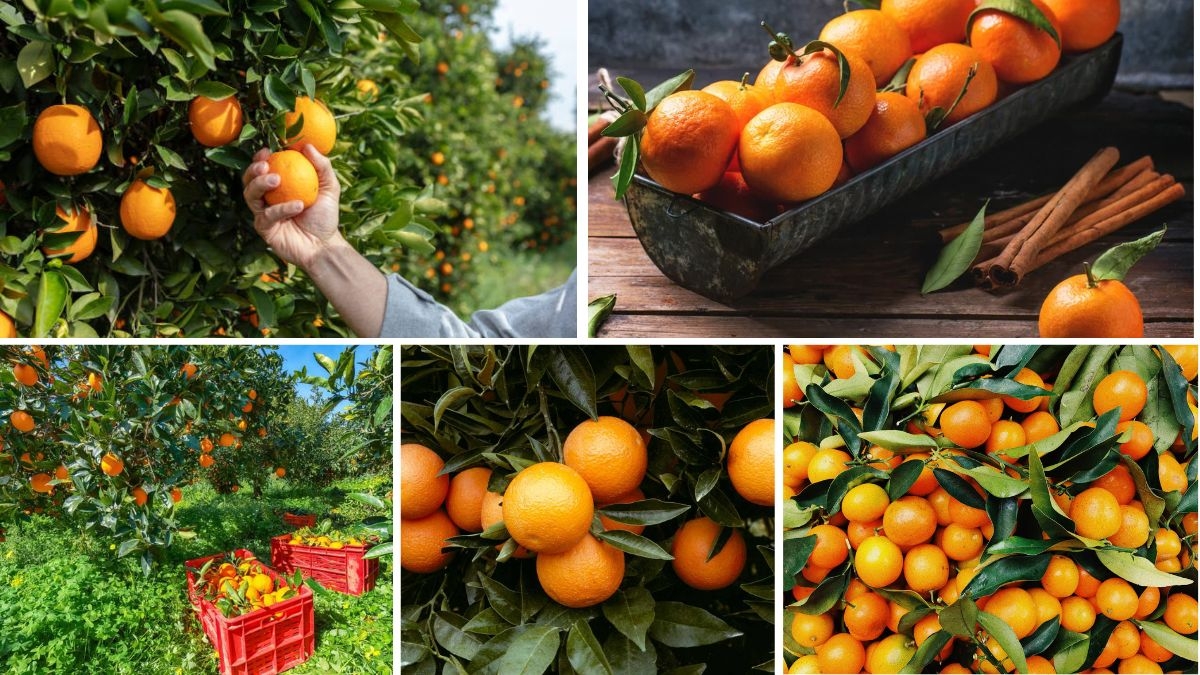Oranges are among the world’s most popular and widely traded fruits. With their sweet taste, refreshing juice, and rich nutritional value, they have become a staple in both fresh fruit consumption and processed juice markets. As of 2025, the global orange trade has grown significantly, fueled by rising demand in Europe, North America, and Asia. Oranges are not only a dietary favorite but also a major economic commodity that sustains the livelihoods of millions of farmers, exporters, and traders worldwide.
This article explores the countries that export the most oranges, examining their production strengths, key export destinations, trade values, and strategies that keep them competitive in the global fruit market.
The Global Orange Export Market in 2025

The global orange market is valued at over $15 billion annually, with exports driven by both fresh oranges and processed products like orange juice. Consumer demand has risen due to:
- Health trends: Oranges are high in vitamin C, antioxidants, and immune-boosting properties.
- Food industry use: Oranges are widely used in juices, confectioneries, and flavoring.
- Trade networks: Modern logistics and cold storage allow long-distance transport without quality loss.
- Seasonality advantage: Nations in the Southern Hemisphere export oranges counter-seasonally to Northern Hemisphere markets, ensuring year-round availability.
In this dynamic market, certain countries dominate global orange exports.
1. Spain – The World’s Leading Orange Exporter

Spain is the largest exporter of fresh oranges in the world, controlling nearly 25–30% of the global market share. Spanish oranges are especially popular in Europe, where they are valued for their quality, sweetness, and branding.
Key Features of Spain’s Orange Exports:
- Export Value: Over $1.5 billion annually (2025 estimates).
- Major Markets: Germany, France, the UK, Italy, and the Netherlands.
- Production Regions: Valencia, Andalusia, and Murcia are the leading orange-growing areas.
- Varieties: Navel and Valencia oranges dominate exports.
Growth Drivers:
- Spain’s proximity to European consumer markets.
- Advanced agricultural practices, including irrigation and pest control.
- Strong branding and recognition of “Spanish oranges” as premium quality.
Outlook: Spain will likely maintain its top position due to its established markets and reliable production system.
2. South Africa – Africa’s Citrus Powerhouse
South Africa is one of the fastest-growing exporters of oranges, especially to Europe, the Middle East, and Asia. Citrus fruits (oranges, mandarins, lemons) are South Africa’s top agricultural exports.
Key Features of South Africa’s Orange Exports:
- Export Value: Over $900 million annually.
- Major Markets: European Union, Russia, Middle East, and China.
- Production Regions: Limpopo, Eastern Cape, and Mpumalanga are the leading citrus-producing provinces.
Growth Drivers:
- Counter-seasonal advantage: South Africa supplies fresh oranges to Northern Hemisphere countries during their off-season.
- Investment in cold-chain logistics.
- Strong government support through export promotion councils.
Outlook: South Africa is poised for continued growth as Asian demand for citrus expands, especially in China and India.
3. Egypt – The Rising Star of Orange Exports

Egypt has emerged as one of the world’s top orange exporters in the past decade. Its oranges are competitively priced and increasingly recognized for their quality.
Key Features of Egypt’s Orange Exports:
- Export Value: Exceeding $1 billion annually, with steady growth.
- Major Markets: European Union, Russia, Saudi Arabia, UAE, and China.
- Production Regions: Nile Delta and surrounding governorates.
Growth Drivers:
- Favorable climate with long growing seasons.
- Competitive labor and production costs.
- Aggressive expansion into Middle Eastern and Asian markets.
- Investments in irrigation projects to increase cultivation area.
Outlook: Egypt’s rapid expansion positions it as a strong competitor to Spain and South Africa, with potential to overtake in some markets.
4. United States – Orange Exporter and Juice Leader

The United States, particularly Florida and California, is both a major producer and exporter of oranges. While the U.S. consumes a large portion domestically, it remains a significant exporter of both fresh oranges and orange juice.
Key Features of U.S. Orange Exports:
- Export Value: Over $500 million annually in fresh oranges; billions more in orange juice exports.
- Major Markets: Canada, South Korea, Japan, and Mexico.
- Production Regions: Florida (primarily for juice) and California (for fresh oranges).
Growth Drivers:
- Strong demand in North America and Asia.
- Well-established processing industry for orange juice.
- Advanced farming and harvesting technology.
Challenges: Florida’s production has been hit by citrus greening disease and hurricanes, reducing fresh orange exports. California, however, has maintained stable output.
Outlook: While facing challenges, the U.S. remains a dominant player due to its juice exports and strong domestic market.
5. Turkey – Europe’s Eastern Supplier

Turkey is one of the leading exporters of oranges, supplying both European and Middle Eastern markets. Its citrus sector has grown steadily, supported by favorable geography and trade routes.
Key Features of Turkey’s Orange Exports:
- Export Value: Around $400–500 million annually.
- Major Markets: Russia, Iraq, Saudi Arabia, Romania, and Ukraine.
- Production Regions: Antalya, Mersin, and Adana.
Growth Drivers:
- Competitive pricing compared to Spanish oranges.
- Expansion of exports to Eastern Europe and Middle East.
- High domestic consumption that sustains stable production.
Outlook: Turkey is expected to grow moderately, focusing on strengthening its presence in Middle Eastern and Eastern European markets.
6. Morocco – A Growing Citrus Exporter
Morocco has become an important exporter of citrus fruits, especially oranges and mandarins. Its proximity to Europe gives it a natural logistical advantage.
Key Features of Morocco’s Orange Exports:
- Export Value: Over $300 million annually.
- Major Markets: France, Spain, Russia, and Middle Eastern countries.
- Production Regions: Gharb, Souss-Massa, and Tadla.
Growth Drivers:
- Investments in modern irrigation techniques.
- Rising demand for Moroccan citrus in Europe.
- Government programs supporting export agriculture.
Outlook: Morocco’s citrus exports are growing steadily, and it is expected to compete closely with Turkey in key markets.
7. Brazil – Leading Producer, Moderate Exporter
Brazil is the largest producer of oranges in the world, accounting for nearly 30% of global production. However, most of its oranges are used for juice processing, making it the world leader in orange juice exports rather than fresh fruit.
Key Features of Brazil’s Orange Exports:
- Export Value: Billions in processed juice; smaller share in fresh oranges.
- Major Markets: U.S., EU, and Asia for juice.
- Production Regions: São Paulo state dominates orange cultivation.
Growth Drivers:
- Large-scale orange farms with advanced technology.
- Strong processing industry for juice.
- Global demand for orange juice, especially in the EU and U.S.
Outlook: Brazil will continue to dominate orange juice exports while maintaining modest growth in fresh orange exports.
Comparative Overview
| Country | Annual Export Value (Approx.) | Major Export Form | Top Markets |
|---|---|---|---|
| Spain | $1.5 billion+ | Fresh oranges | EU (Germany, France, UK) |
| South Africa | $900 million+ | Fresh oranges | EU, Middle East, Asia |
| Egypt | $1 billion+ | Fresh oranges | EU, Russia, Middle East |
| United States | $500 million+ (fresh); billions (juice) | Fresh + Juice | Canada, Japan, Mexico |
| Turkey | $400–500 million | Fresh oranges | Russia, Iraq, Saudi Arabia |
| Morocco | $300 million+ | Fresh oranges | EU, Middle East |
| Brazil | Billions (juice); smaller fresh exports | Juice-dominant | EU, U.S., Asia |
Challenges Facing Orange Exporters
While global orange exports are growing, exporters face several challenges in 2025:
- Climate change: Heatwaves, droughts, and floods affect yields.
- Pests and diseases: Citrus greening disease remains a serious threat.
- Trade disputes: Tariffs and geopolitical tensions disrupt markets.
- Logistics costs: Shipping delays and higher fuel prices impact competitiveness.
- Sustainability pressure: Consumers demand organic, eco-friendly fruit production.
Conclusion
The countries that export the most oranges in 2025—Spain, Egypt, South Africa, the United States, Turkey, Morocco, and Brazil—collectively dominate the global citrus trade. Spain leads in fresh exports, Brazil in juice, and Egypt in rapid growth. South Africa and Turkey balance seasonal advantages, while Morocco expands steadily.
The future of the global orange trade lies in innovation, sustainability, and adaptability. Exporting nations must continue investing in irrigation, disease management, and eco-friendly production to remain competitive in a climate-challenged world. As demand for oranges and orange juice continues to rise, these nations will play a crucial role in feeding global markets with one of the world’s favorite fruits.




Leave A Comment